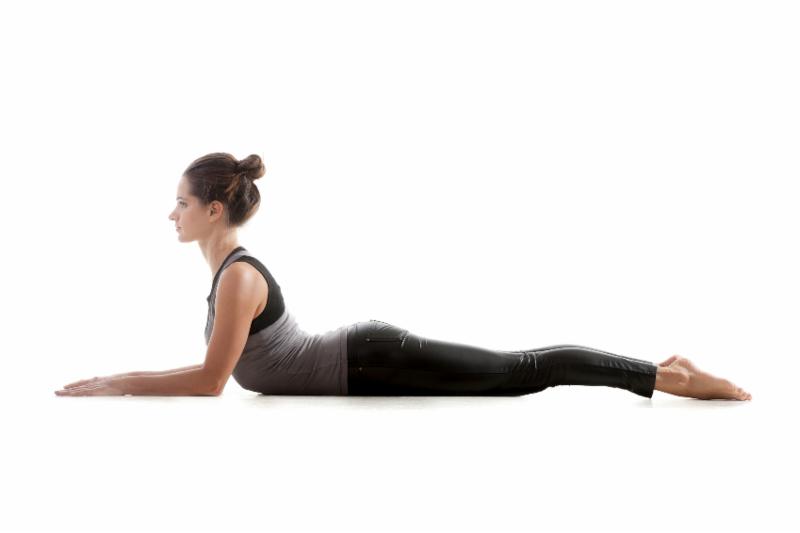
a patience practice
It’s a fascinating scene. The energy is building, the doors of the port-a-pottys slam, and you see lots of different methods of preparation in the 30 minutes before a race. Some people are running up and down the course, some are doing high knee lifts and others have found a cool spot under a tree to stretch.
This scene brings an interesting debate front and center. What is the purpose of warming up for a race? What does stretching do?
I have no experience as an athlete in high school so my exposure to coaches was in PE. But even there the typical instructions were to stretch a bit before beginning. An article in the New York Times showed that studies are now revealing that for events like running and any activity where you need power and strength, like weighlifting, swimming, tennis, etc. that warming up needs to be a dynamic activity. Stretching can actually reduce power and strength performance. Hmmm.
Yet, most injuries occur because of tight muscles that get pulled due to a lack of flexibility and limited range of motion. Double hmmm.
So how does yoga fit in with all of that? The types of stretches that are done in yoga, specifically the yin style of yoga, are most effective in increasing flexibility and range of motion. These “static” stretches are held from 1-5 minutes and are a practice of patience, a surrender to gravity and a beautiful lesson in non-doing.

Yin yoga is in my opinion the most unexplored variety of yoga, with some of the maximum benefits.
Why?
It’s unexplored I believe for two reasons. It has no flashy, high profile, personalities.Bernie Clark is the most well known yin practitioner along with Sarah Powers, all low key and grounded souls, with quiet, yet powerful offerings.
The second reason is it seems like in the practice, you’re not DOING anything. And we’re a culture that is terrified of looking like we are not doing anything. Why or why would we just lie around? That’s not productive, or admirable. We might even be called lazy and unproductive. A slacker, a slouch, a slug of society.
The mindset of our American culture is one of constant motion, or doing, doing, doing. And then collapsing. Yin yoga is about something completely different. It’s not about building strength, and power and muscle, or pushing through to get stuff done. But don’t get the wrong idea. It’s not easy. It is a practice of patience and that can be much more challenging.
Yin yoga stretches the connective tissue around the joints (mainly the knees, pelvis, sacrum, and spine) and involves variations of seated and lying poses typically held for 3 to 5 minutes, to access and release the deeper layers of fascia.
(That’s the thin lining that encases your muscles.) In yin yoga, you find the position and your “edge.” The place where your body naturally stops you, the edge of your flexibility. Then you settle in and let gravity do the work. It’s not about pushing, it is about surrender and staying with your long smooth breaths.
It’s about letting go and abiding softly in the non-doing of time. One minute begins to stretch and warp into what can feel like an eternity. In an hour long practice you might only practice 4-5 poses.
It’s a different practice and while the technical purpose of the practice is more flexibility, the impact is often a deep sense of release, relaxation and calm. Time slows down, colors seem a little brighter and you discover a new way to navigate life with ease.
Are you (y)in?
Be well…it’s a state of mind.
Leave a Comment